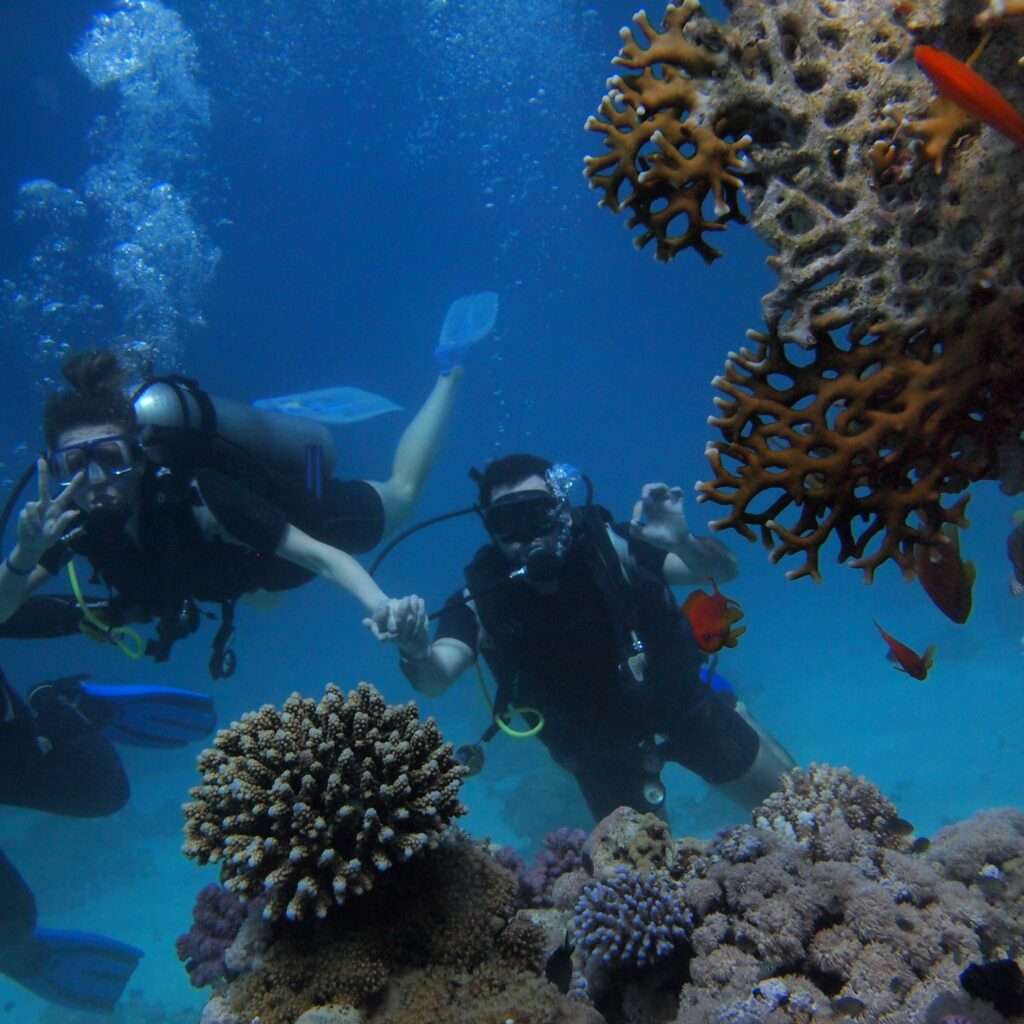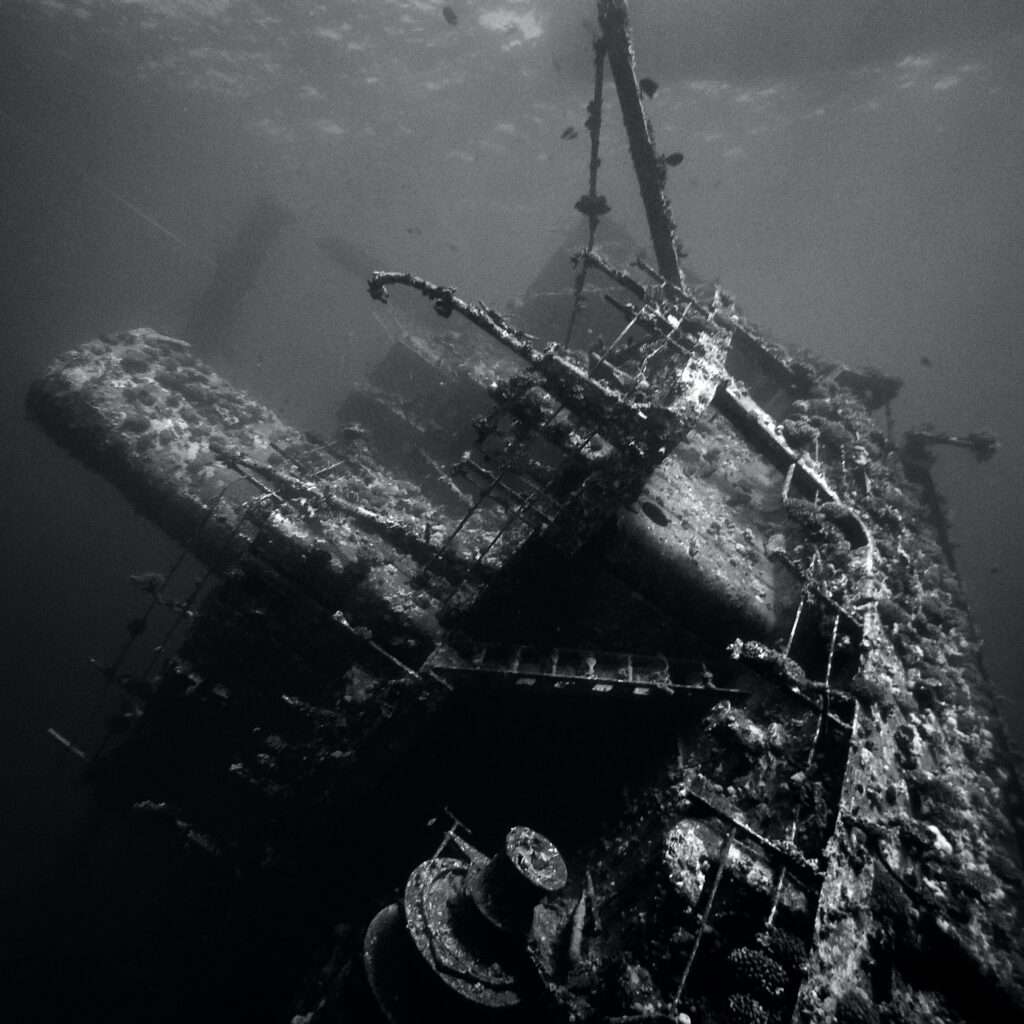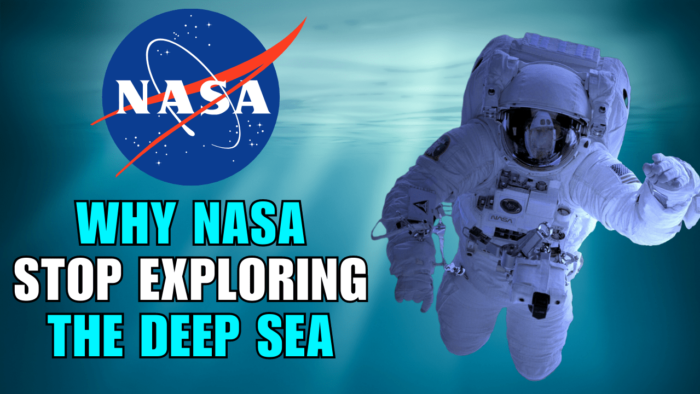There’s a reason NASA stopped exploring the deep sea. I am a former NASA scientific researcher. My division was in charge of studying deep sea life, both fauna and flora, in the world’s oceans. Here are some facts. 70% of the world is ocean. The deepest part of the ocean is not the Mariana Trench, there’s tons of underwater cave systems further down, some quite large. We have not identified every life form down there. Knowing these, let me tell you why NASA team of fellow researchers from the oceanographic division hired completely new personnel and switched to space exploration.

In their defense, I had no interest in continuing my research. Before I begin, I want to say that most of this division actually did study underwater life forms to varying degrees, but most researchers were not involved with the life forms that my team investigated. Therefore, no information about these events has been released to the public, at least to my knowledge. I’m purposely going anonymous here for many reasons, as the US government would prefer to keep this out of the public eye, and people have disappeared for far less in my profession.
On an off note, it’s deeply tragic what happened recently with a submarine that imploded. I think I’m correct in my suspicion on what caused it, of course. But it’s not what the public was told. Anyway, I will now detail a few incidents that I think the public needs to be aware of. Case Study 1, Montezera oil rig diving incident. I was involved with a study that was sanctioned between NASA and a private corporation to investigate an unknown anomaly. Metal parts at the bottom of the rig had taken damage from an unknown source, and a dive team of three was sanctioned to investigate it.

The dive did not go well. Something we’d never seen before was down there with the divers. We do not know much about it, but I can tell you what we do know. It resembles an extremely intelligent class of giant cephalopods, more intelligent than any other sea creature ever encountered. They are strong and carnivorous, and extremely large. It’s theorized they purposely damaged the rig to lure humans deep down. It’s unknown what they normally eat, or why they sometimes decide to target humans, but it is clear they will not hesitate to eat us. The three divers that were attacked had little means to defend themselves.
These cephalopods worked in unison, with an extreme understanding of human equipment. One cephalopod removed a diver’s air tank from his back while another removed his fins. Their tentacles have extreme suction and can attach to any object. Dive knives did not appear to damage their bodies, where in the past divers have been able to fight off humbled squids and other cephalopods with them. A second diver was choked by a cephalopod from behind as another created a distracting light display with its body, showing they had an understanding of how humans breathe. Note, they can flash and take on any color, as it suits them, unlike other squids, but normally they resemble a black-blue color, which is almost imperceptible at the deep depths that they live, and explains in part how they are able to avoid discovery. Of course, none of us saw them coming in the research vessel up top, and it was too late to warn anyone. The two divers who were attacked were all perished, and we can only assume they were likely consumed. Amazingly, the third diver was able to use an underwater flare to escape and report back the events in detail. As it stands, fire is this lifeform’s only known weakness.
What began as a normal shipwreck investigation has arguably become one of the biggest cover-ups in history. The ship’s location has not been released to the public, and I agree that it should be kept secret. The beings that took that ship down should be avoided at all costs. To this day the public does not know anything other than that a US ship disappeared. Perhaps these creatures can be blamed for other missing ships, though we cannot prove that. This ship had a log that detailed the same beings encountered at the Montesera oil rig.

Black-blue giant squid resembling entities that work in teams and can use tools of human creation. These cephalopods engaged the ship at night in a surprise attack and damaged it beyond repair. They dragged down survivors, including many from atop lifeboats, using their tentacles. They left no trace of their encounter. They are clearly incredibly strong and can easily hold humans underwater, drowning them. There’s a theory that they may even derive pleasure in killing, shown by them flashing certain patterns on their bodies immediately upon the taking of a life, although this is still just a theory.
There are other incidents that I won’t get into here. I don’t intend to scare people by bringing this information to light, but I do think divers and people who are interested in using submersibles to investigate the deep sea need to be warned. These creatures normally stay in very, very deep water and there’s only a few incidents of human interaction. For the common person, they generally pose no threat. While extremely intelligent, they have not shown the ability to create tools, only to use those which humans have made. It is likely that they only go after humans when they are unable to find sufficient food sources in their own environments.
We believe them to be just another species of giant squid, albeit an extremely intelligent one. I cannot understand why our government is hiding their existence, as they are just natural sea predators like sharks and orca whales but whatever the reason, remember this, humans are not the top predators in the deep ocean. Naturally, NASA has chosen to avoid further exploration of the deep sea for now, to avoid contact with these creatures until the proper measures are put in place.
This is story of woman who used to work at NASA and shared her insane experience in deep sea and how NASA stopped exploring the deep sea
Read More Amazing Blogs like these –> LINK
If you wanna read informative blogs –> LINK
If you wanna read health blogs –> LINK




Nice post. I learn something totally new and challenging on websites